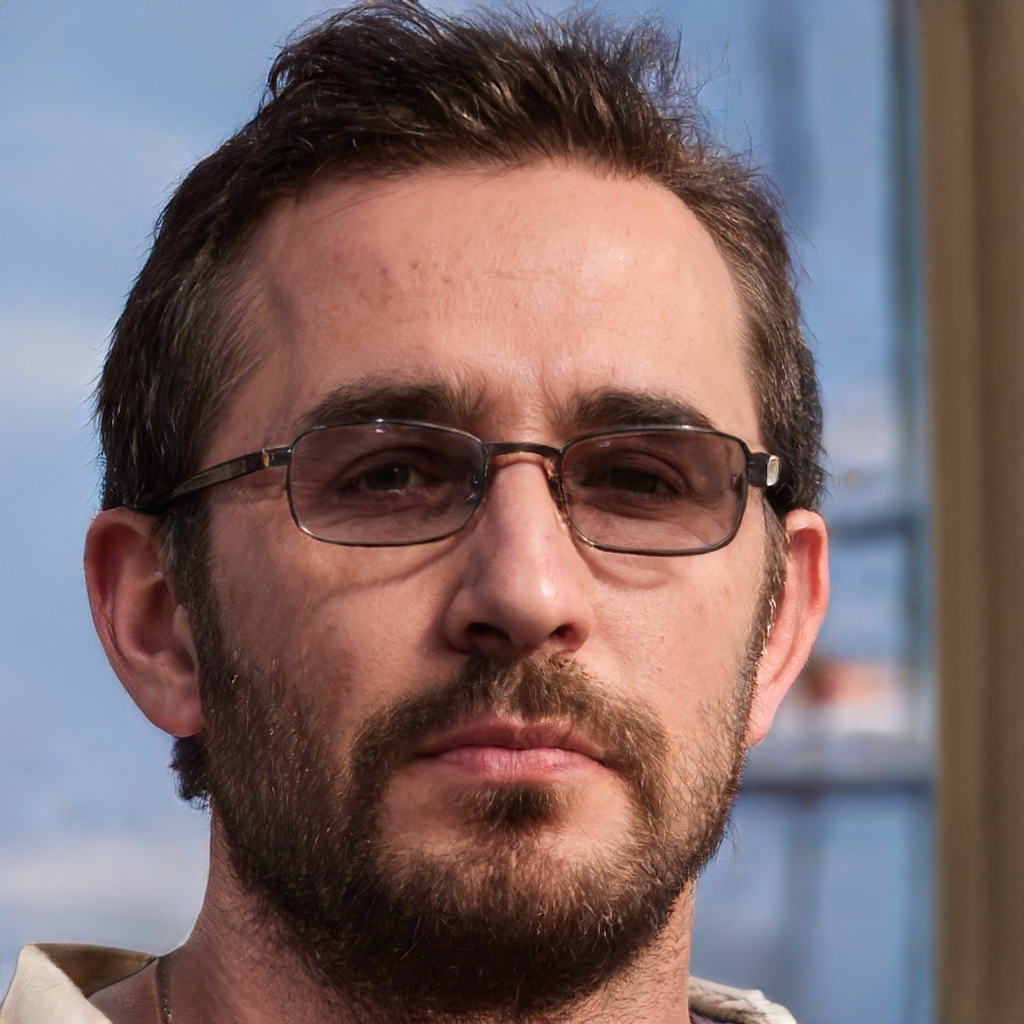Nokia has introduced its AirScale technology to improve current cellular connectivity and lay the groundwork for the future 5G standard expected in 2018
Nokia announced its 4.9G and 4.5G Pro technology in September 2016. These technologies will serve - in the Finnish giant's view - to meet the needs of businesses and consumers as they await the arrival of fifth-generation cellular technology.
The first 5G connections are expected to arrive in 2018, at the Winter Olympics in South Korea. These, at least, the forecasts of SK Telecom, the largest mobile phone operator in the Asian country intent on becoming the first in the world to release them publicly. Nokia, meanwhile, proposes two technologies to bridge the gap between the capabilities of the current network and the 5G standard still being defined. And it does so with two AirScale proprietary technologies: a powerful adaptive MIMO (an acronym for multiple-input multiple-output) antenna for 4.9G networks and the Micro Remote Radio Head for 4.5G Pro networks.
Download speeds 5 times faster than 4G LTE thanks to beamforming
Nokia's new AirScale massive MIMO Adaptive Antenna uses beamforming (a technology that will also be integrated into the 5G standard) to optimize the signal directed to individual devices. But what is this "beamforming" technology? It is, in short, the combination of signals from a series of small non-directional antennas able to give life to a directional antenna - much larger and more powerful - capable of "directing" the signal to a precise point of the covered area (the one where the concentration of smartphones and mobile devices is greater) and thus avoiding that it is dispersed in other directions.Nokia's 4.9G technology aims, therefore, to improve the efficiency of the network, reduce latency to less than 10 milliseconds and increase speed. This should result in download speeds 5 times faster and 9 times faster than with 4G LTE. 4.5G Pro technology, on the other hand, is designed for network operators who want to improve the quality of the current connection especially in large cities.
